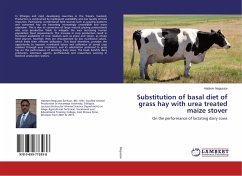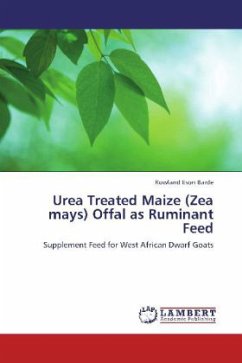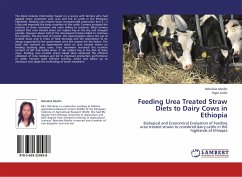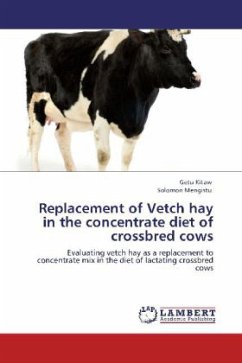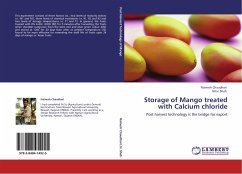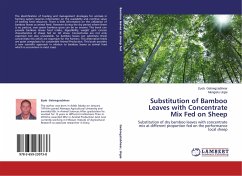In Ethiopia and most developing countries in the Tropics, livestock Production is constrained by inadequate availability and low quality of feed resources. Particularly, conventional feed sources such as grazing pastures and conserved hay are becoming increasingly unavailable and more expensive. This is due to conversion of large natural grazing pasturelands into crop production fields to mitigate the ever increasing human population food requirements. The increase in crop production result in lncreased availability of crop residues such as straw and stover, as cheap feed sources. however, they are characterized by low nutritional values, which limits their efficient utilization. This book therefore, provides the opportunity to improve nutritional values and utilization of cereal crop residues through urea treatment, and its substitution potential to grass hay on the performance of lactating dairy cows. The book benifits dairy producers, extension agents, proffesionals and researchers working in livestock production sectors.

